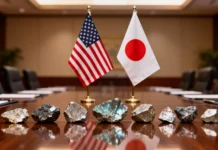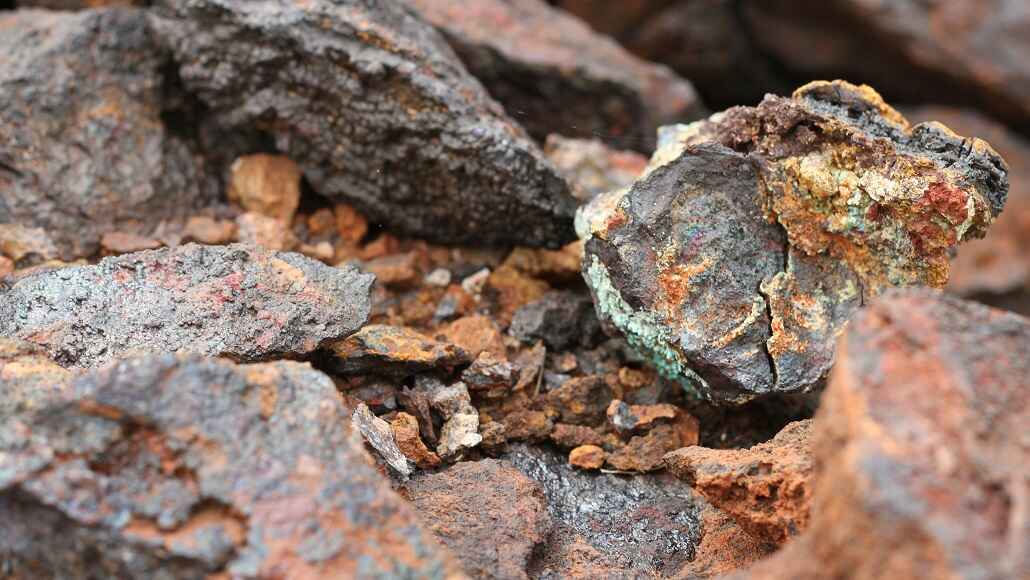The United States has gone on to add copper as well as silver to an expanded list when it comes to critical minerals, which, according to it, are going to be important to the economy and national security of America.
The new list, which happens to be compiled by the US Geological Survey – USGC, goes on to include 10 additions to the one that was released in 2022, therefore taking the total to 60. The other significant additions are the likes of metallurgical coal, uranium, potash, silicon, rhenium, and lead. The addition of copper along with silver goes on to confirm the last draft as proposed by USGS.
According to an email sent by the president and CEO of the Copper Development Association – CDA, Adam Estelle, to one of the websites that deals with mining developments, they pretty strongly support the decision by the USGC to go ahead and add copper when it comes to the critical minerals list.
He added that as CDA has for long championed through their CopperIsCritical campaign, copper happens to hold the key so as to achieve the top policy objectives of America that include the likes of energy dominance, national security, AI supremacy as well as e-industrialization.
The New List
The USGS has said that it has come up with this by way of using an economic model that it had developed so as to estimate the potential effects as far as foreign trade disruptions of mineral commodities are concerned.
It is well to be noted that this evaluation goes on to span 402 industries, 84 mineral commodities, as well as over 1,200 scenarios, which, as per USGS, offers a much more realistic as well as a usable framework for the policymakers.
Apparently, the critical minerals list happens to serve as a foundation for which commodities the Trump administration is going to invoke a Section 232 probe for probable tariffs and trade restrictions, as it had gone on to do with copper earlier in 2025.
The list is also going to inform areas of investments within mining and resource recovery from stockpiles, mine waste, tax incentives for US mineral processing, and also streamlined mine permitting.
Notably, this update comes just days after the US and China went on to agree to resolve their issue pertaining to rare earth minerals, which apparently make up 15 entries on the overall USGS list.





















